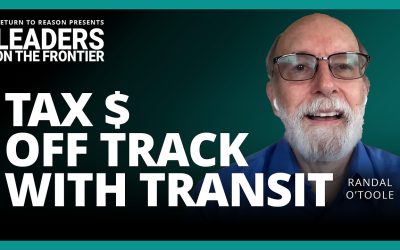Summary
Do private firms perform better than state-owned firms? Better performance means more profitable, lower indebtedness and fewer labour-intensive production processes.
The article by Megginson and Netter reviewed 22 studies from non- transition economies and 11 studies from transition economies such as eastern and central European economies and former Soviet republics as well as Russian economy.
All these studies, especially those on transition economies, indicate that privatization is associated with improvements in the performance of divested firms.
Can performance at SOEs be improved without changing the ownership? This question is raised because some argue that competition and deregulation are more important than privatization or governance change in improving performance of firms.
In 1990, Poland undertook 'big bang' reforms by deregulating prices and introducing foreign competition to many domestic industries. However, the Polish government did not immediately launch a large-scale privatization program. Instead, the Polish government adopted incentive contracts for managers and workers, tightened bank lending, and consistently carried out 'no bailout'' signal to weak enterprises. Two studies indicate improvement in the performance of Poland's SOEs.
Limited evidence has also been found in China's experiment in that non- privatizing reform measures, such as price deregulation, market liberalization, and increased use of incentives, can improve the efficiency of SOEs.
Megginson and Netter, however, conclude that non-privatization reforms would be even more effective if these reform measures are coupled with privatization.
Can a mixed ownership through a joint ownership between the government and private investors be a better alternative? Boardman and Vining examined the 500 largest non-U.S. industrial firms and concluded that both state-owned and mixed enterprises were significantly less profitable and less productive than were privately-held firms, suggesting that full private control, not just partial ownership, is essential to achieving performance improvement.
Will there be a massive layoff of employees when SOEs are privatized? This is one of the major concerns, if not the major concern, of policy makers who consider privatization of SOEs. Megginson and Netter reviewed 10 studies that examined the impact of privatization on employment.
Of the ten, three studies documented significant increases in employment, two studies found no significant changes in employment, and the remaining five studies documented significant decreases in employment following privatization of SOEs.
The impact of privatization on employment may depend on how ready SOEs are to meet the competitive challenge at the time of privatization.
It may be important to give time for SOEs to work on, and thus prepare for, privatization to minimize any adverse impact of privatization on employment.
Will the government become less important or will there be a role for the government to play when state-owned enterprises are privatized? A question for the post-privatization world is the role of the public sector in the economy and the regulation of firms.
The alternative to state ownership is rarely purely private, unregulated firms. The government will have to continue to create a competitive environment in which private firms are provided with incentives to grow.
Finally, Megginson and Netter point out that the harmful effects of state intervention are greater under state ownership than under state regulation, that the harmful effects cannot be eliminated through privatization, and that privatization is preferable even for public goods and natural monopolies where competitive considerations for privatization are less compelling.
Download pdf file with complete study – From State To Market: A Survey Of Empirical Studies On Privatization


